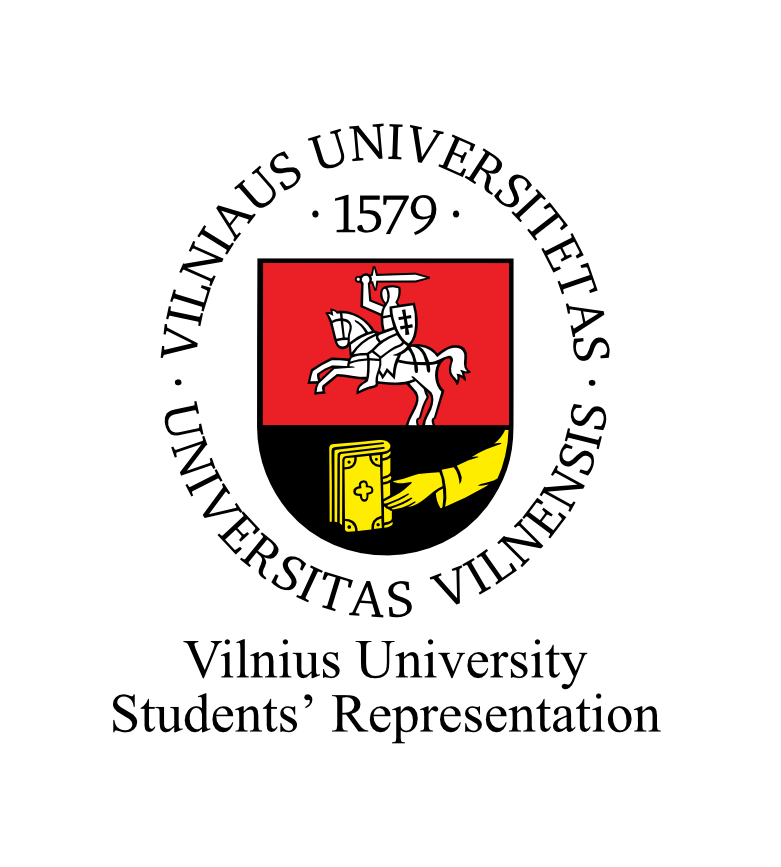Research
Integration analysis
The aim of the study is to assess the success of the integration of first-year students into Vilnius University and to identify areas for improvement in order to enhance the academic, social and cultural experience of newly enrolled students.
What was studied: the success of the integration of first year BA and MA students (both local and international) into the University.
The study was conducted: from 2 October 2024 to 1 November 2024.
Key findings of the report:
Over the last three years, student involvement in integration events has increased, especially among undergraduate students, whose schedules are more open to attend events. In contrast, Masters students are less likely to attend, due to their higher availability and the less tailored nature of the events. While Renovatio Studiorum remains the most popular event and the Unit's event attendance is growing, other centres are limited by lack of information and logistical constraints.
The most common learning difficulties encountered by students relate to time management, organisation and memorising information. Another common problem is the confusing university structure and incomprehensible rules. Most solve these problems independently or rely on the help of their fellow students, while official help - although appreciated - is often unavailable due to limited communication.
Although students value the atmosphere of their courses and feel part of micro-communities, the overall connection with the university community remains weak. Information on study management, leisure time and individual opportunities is still lacking, especially for first-year students. Improved communication and strengthening of formal links between aid and the community are needed to promote engagement and improve the experience.
Study on academic ethics
The aim of the study is to identify the most common types and extent of academic dishonesty at Vilnius University.
What was investigated: the extent of academic dishonesty at Vilnius University, the different types of academic misconduct and the frequency of fraud.
The study was carried out: from 10 December 2024 to 10 January 2025.
Key findings of the report:
Prevalence of academic dishonesty. 80% of students have engaged in activities that could be considered academically dishonest at least once in the last year. This shows the extent of the problem.
The impact of technology. The use of Artificial Intelligence (AI) tools such as ChatGPT, Copilot or Quillbot is becoming more and more widespread, with as many as 55.9% of students having used them for academic purposes, and 14.54% having done so on a regular basis (11 times or more).
Unclear rules on the use of IoT. As many as 24.44% of students indicated that they were not clear about the rules for using IoT at university, while 11.40% said they were simply not aware of them.
Consideration of plagiarism. 35.97% of students paraphrased or copied content without reference at least once, indicating a lack of focus on citation and academic literacy.
Use of unauthorized sources. 35.77% of students used non-academic sources such as Wikipedia or YouTube at least once for academic work without proper critical analysis.
Submission of other people's work. 1.37% of students have submitted work done by others at least once as their own. Although the number is small, this is still a cause for concern.
VU SA Community Survey
The aim of the survey is to assess the involvement of the members of the Organisation in the activities of VU SR and to find out the reasons for their (dis)involvement.
What was studied: engagement of VU SR 2024-2025 term members in the organisation's activities, strategic goals and internal communication assessment.
The study was carried out: from 18 November 2024 to 1 December 2024.
Key findings of the report:
- Engagement of VU SR members. The overall engagement of VU SR members is 70%, while the engagement of members in leadership positions is 75%. The most engaged (78%) are VU SR members who have been in the Organisation for four or more years.
- Development of general competences. A large number of VU SR members identified that they develop general competences through their activities in the Students' Representation. The need to focus more on the development of intercultural competences was noted. In response to this need, we have included the topic of interculturality in the spring training of VU SA members.
- Development of other competences. In addition to general competences, VU SR members have identified that in the Students' Representation activities they develop managerial, organisational and time-planning skills, the ability to communicate effectively, and knowledge about the University and Lithuanian higher education. These data were used to create a competency map for VU SR members to help them to improve their competencies in a targeted and consistent way.
- Motivating factors for VU SR members. Members identified the biggest benefits they gain from being part of the Students' Union as competences, community and meaningful self-expression.
CO2 footprint study
Purpose of the study: this report aims to assess the environmental impact of the activities of Vilnius University Students' Representation (VU SR) by analysing CO₂ emissions and identifying the main sources of pollution.
What was studied: Activities carried out by VU SR in 2024 related to transport, waste, energy consumption and printing and the CO₂ emissions they generate.
The study was carried out between January and December 2024.
Key findings of the report:
- The total CO₂ emissions from the activities of the VU SR in 2024 amounted to 15.63 t. The largest emissions came from transport and waste.
- Cars remained the most used mode of transport, accounting for 7.46 t CO₂. Alternatives such as trains were significantly less polluting with 68 times less CO₂ per kilometre.
- Food and plastic waste accounted for the largest share of waste, generating 571 kg and 1 421 kg of CO₂ respectively.
- Although some activities have been digitised, printing still consumed more than 10,000 sheets, generating 68.4 kg CO₂.
- Energy consumption (21 472 kWh) accounted for 5 kg of CO₂ emissions, but its control was limited due to its dependence on the infrastructure of the VU.

